Non Renewal Insurance Letter Template Guide
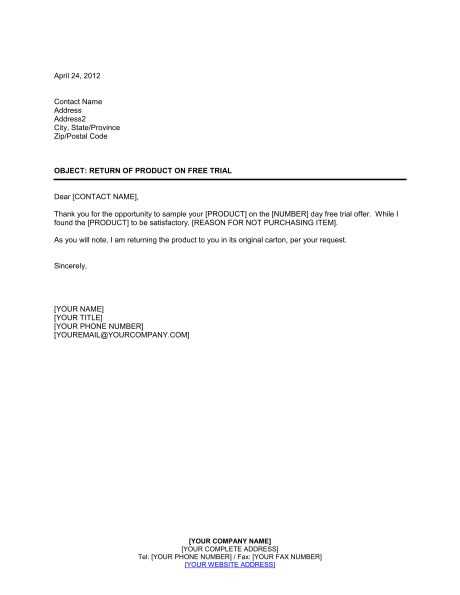
When it comes to ending a coverage agreement, it’s essential to communicate clearly with the provider. Whether you are discontinuing a service or choosing not to continue after the current term, drafting a proper notification ensures a smooth process. This section guides you through the important aspects of creating an effective communication that will be understood and accepted by the recipient.
Essential Information to Include
Before crafting your document, make sure you have all necessary details at hand. This ensures the recipient understands your intentions and avoids any confusion. Key information should include:
- Personal Details: Full name, contact information, and policy number.
- Effective Date: The date when the agreement will no longer be valid.
- Reason for Ending: Briefly explain why the decision was made.
- Request for Confirmation: Ask for a written acknowledgment of your request.
Writing with Clarity and Precision
It’s important to maintain a direct and clear tone in your communication. Avoid unnecessary details, and be concise with your statements. This allows the recipient to understand your request without ambiguity, leading to a quicker resolution. A simple structure with well-defined points is crucial for such formal correspondences.
Professional Tone and Courtesy
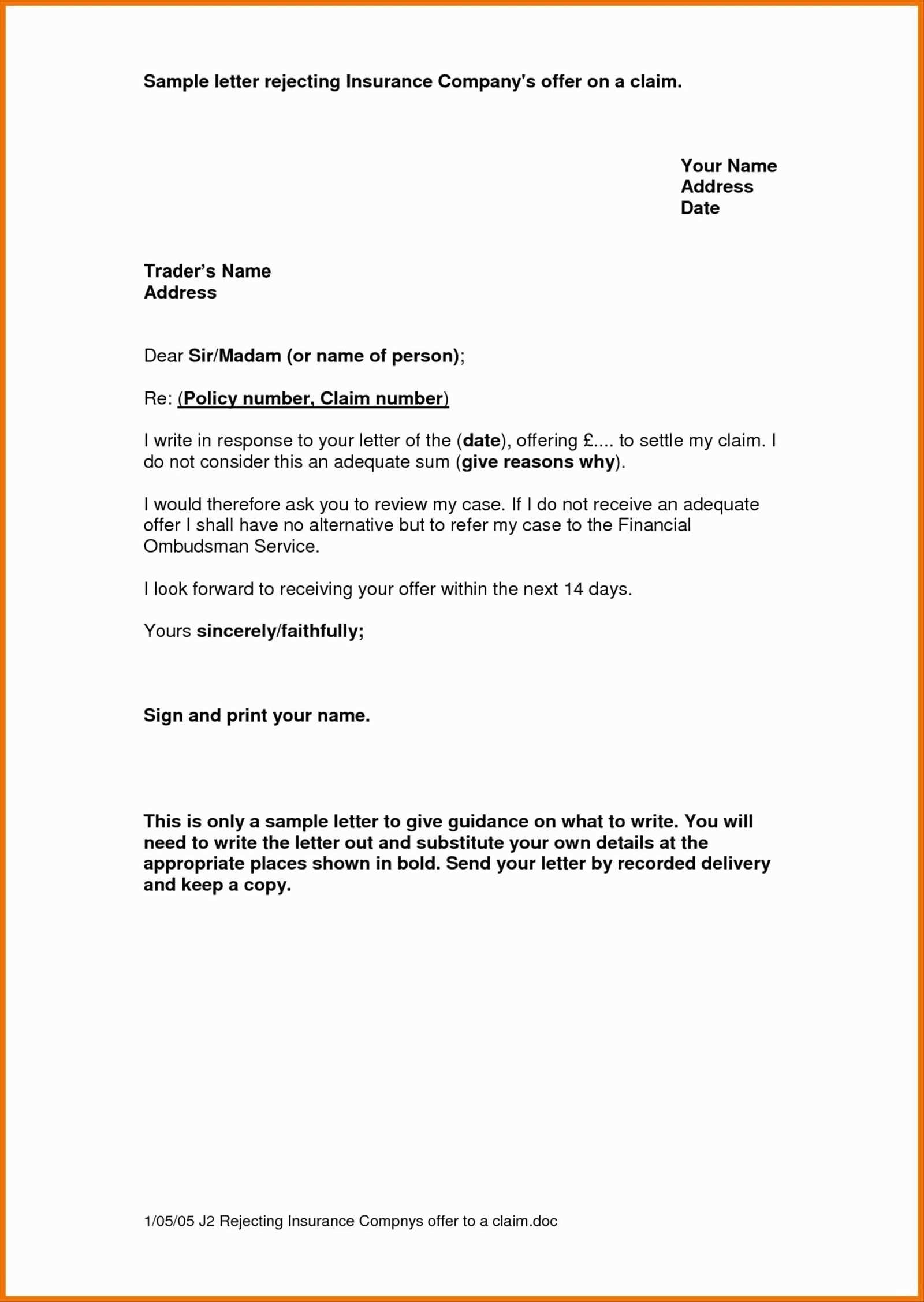
Even though the purpose of the document is to notify about the cessation of a service, always keep a respectful and professional tone. This leaves a positive impression and may be beneficial for future interactions, should you need to revisit the relationship or seek another provider later on.
Best Practices for Sending the Notification
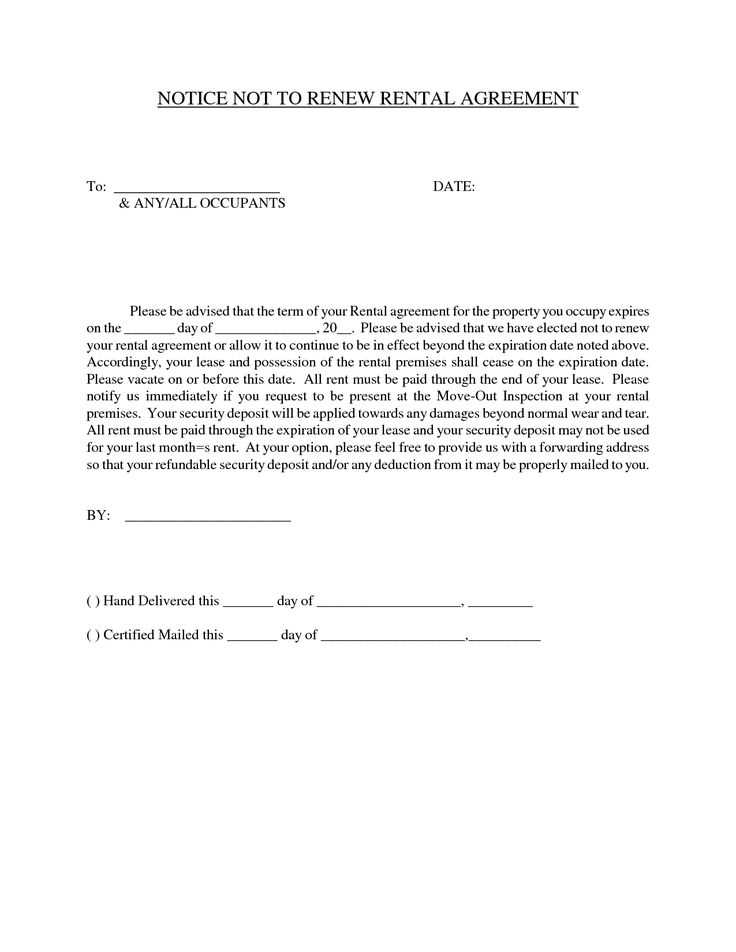
Once your document is ready, it’s time to send it. Ensure that it is delivered via a reliable method that confirms receipt. Some useful tips include:
- Use Registered Mail: This ensures proof of delivery.
- Email with Read Receipt: A faster alternative with confirmation.
- Follow Up: If you don’t receive a confirmation within a reasonable timeframe, reach out to ensure the message was received.
By following these steps, you can make the process of discontinuing an agreement smooth and hassle-free.
Drafting a Policy Discontinuation Notification
When terminating an agreement with a provider, crafting a clear and concise notification is vital. The purpose is to inform the recipient of your decision to end the arrangement, ensuring there are no misunderstandings. The right approach in this communication not only conveys your intent but also facilitates a smooth conclusion to the agreement.
Understanding the Purpose of the Notification
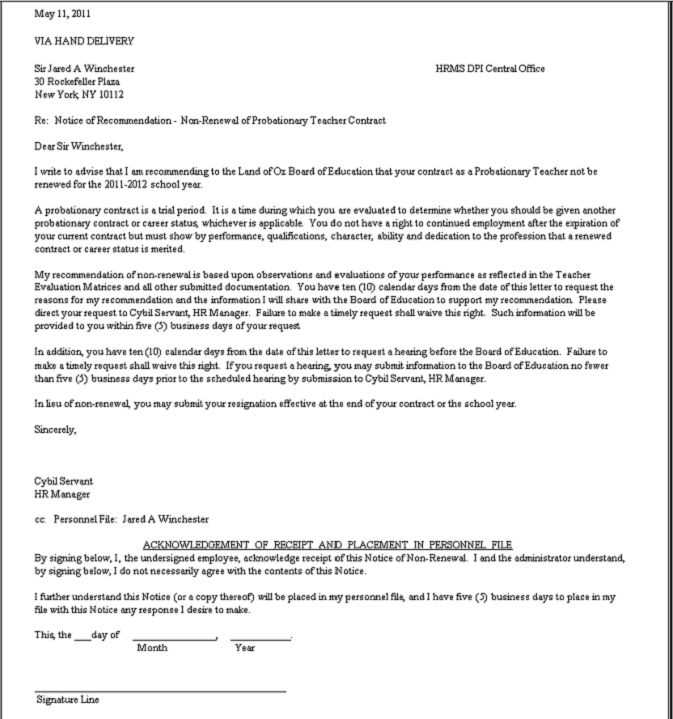
At its core, this communication serves to formally announce the end of a service or agreement. It clarifies the termination date and assures the provider that you no longer wish to continue the relationship. This step is crucial in preventing any future automatic extensions or misunderstandings about your intentions.
Key Components to Include
To ensure your message is clear and legally sound, there are certain details that must be included:
- Personal Information: Ensure your full name, contact details, and account or contract number are included.
- Effective Date: Specify the exact date the termination will take place.
- Reason for Termination: While not always necessary, briefly stating the reason can help avoid confusion.
- Request for Confirmation: Politely ask for a written acknowledgment of the cancellation.
These details help the recipient quickly identify your request and process it efficiently.
How to Tailor the Document for Your Needs
It’s important to adapt the notification to your specific situation. Whether you’re ending a contract due to dissatisfaction or a change in circumstances, make sure the language reflects your particular reason. A personalized approach ensures your request is not only clear but also appropriately aligned with your circumstances.
In addition, ensure that your tone remains respectful and professional, even if the reason for termination is a negative one. This maintains a constructive relationship and could be helpful should you need to revisit the provider in the future.
Common Mistakes to Avoid
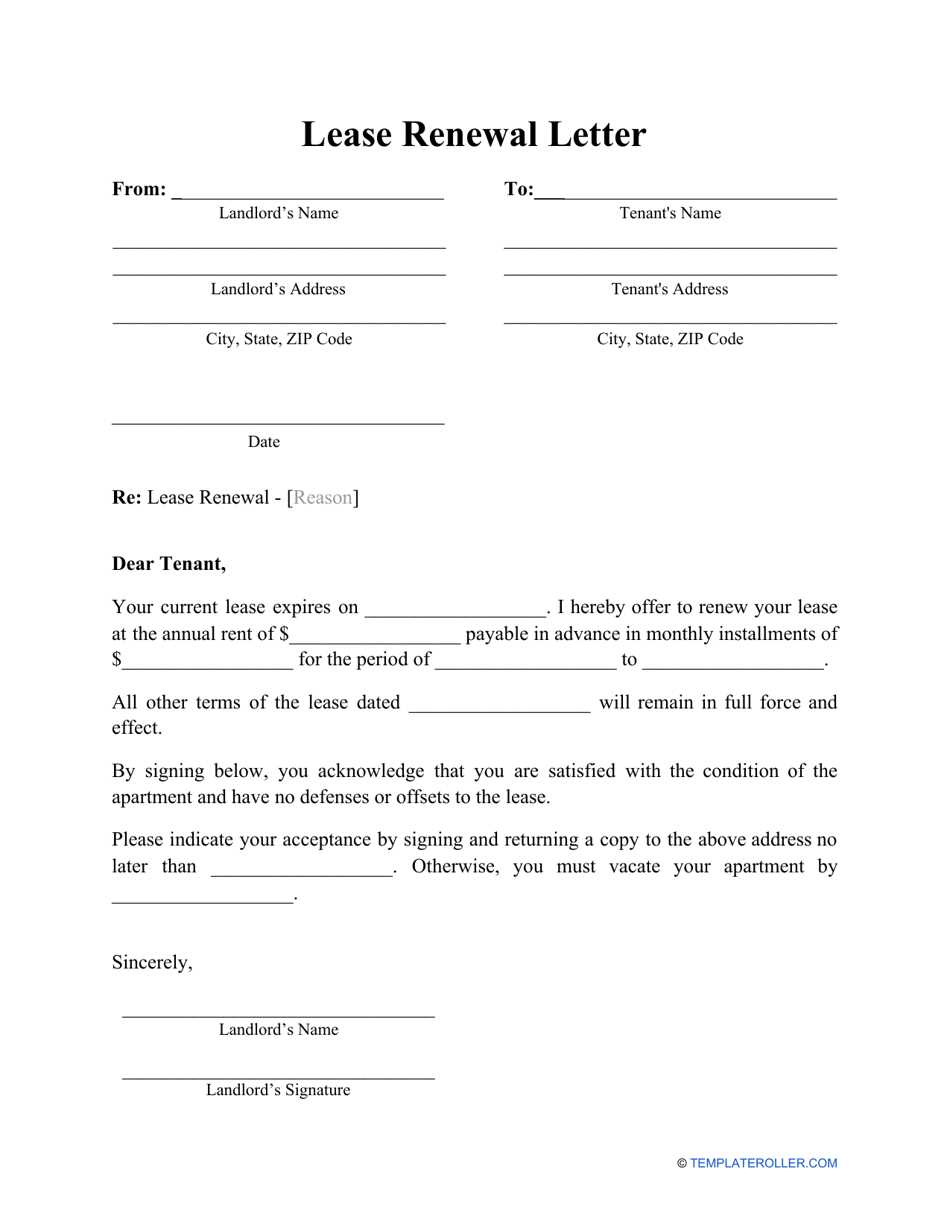
While drafting your notification, avoid these common pitfalls:
- Not including key details like account numbers or effective dates.
- Being overly vague about your reason for discontinuation.
- Using harsh or confrontational language, even if you are dissatisfied.
By avoiding these errors, you ensure a clear, professional, and effective message.
Best Practices for Sending the Notification
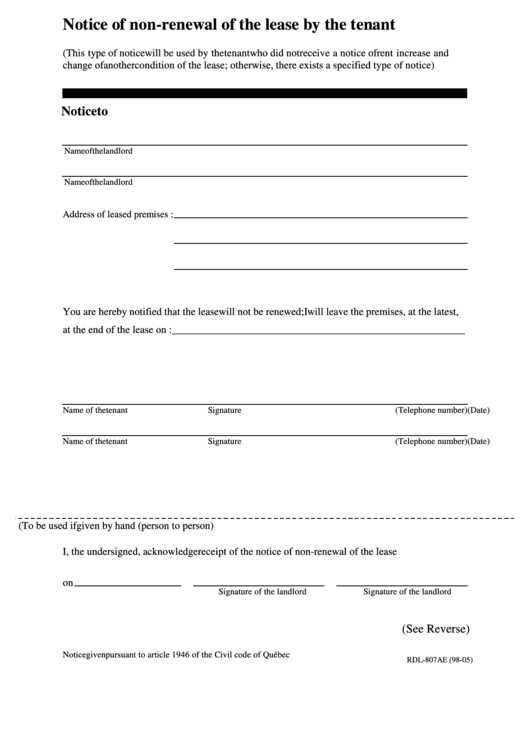
After crafting your document, make sure to deliver it in a way that confirms receipt. Using registered mail or email with a read receipt feature helps ensure the provider acknowledges your request. Following up within a reasonable time frame also guarantees that the process moves forward without unnecessary delays.
Ultimately, maintaining a respectful, clear, and professional tone throughout the communication is essential for the best possible outcome.